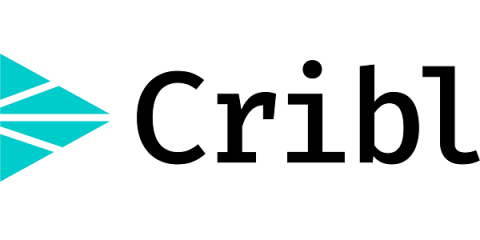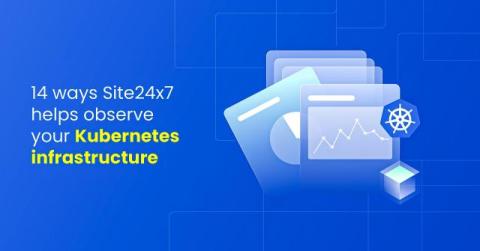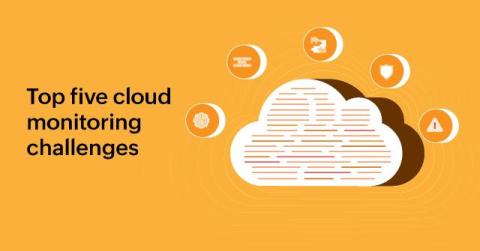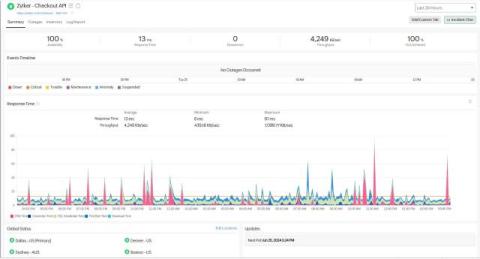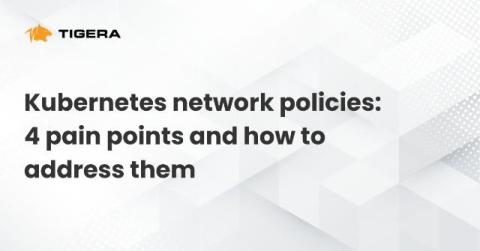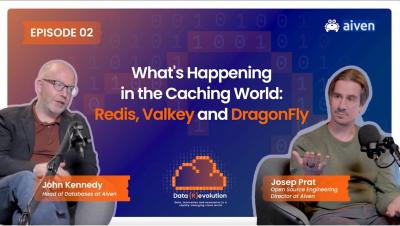"Is It the Network?" With Cribl Edge
We’ve all been there, cursing the “network” when a service fails to load as expected. Even with my 1.5Gbps fiber connection, there are many reasons why the “network” can be blamed. And, yes, I intentionally put the word network in quotes because the network is more than the speed of the network link.


